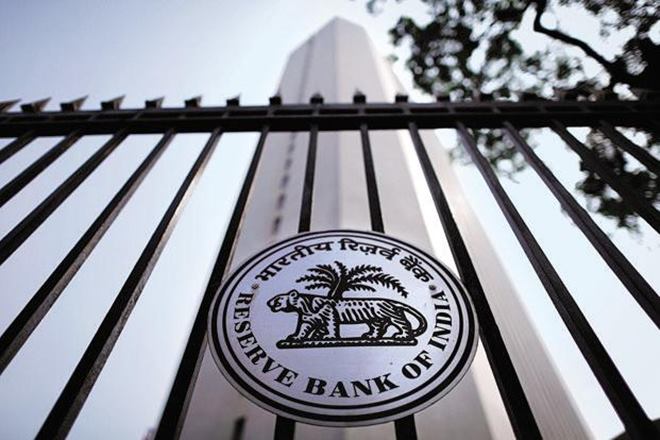The Reserve Bank of India is expected to maintain status quo tomorrow at the sixth bi-monthly monetary policy meet, while it may sound ‘caution’ on higher crude oil price and fiscal slippage for the third time in a row. “We do not expect the RBI to react tomorrow, however, we do recognise that it will sound cautious on fiscal slippage and rising crude oil price,” Madhvi Arora, Economist at Kotak Institutional Equities told FE Online.
A Reuters poll of 60 economists too suggested that the central bank will keep the interest rate on hold, but is also expected to change its tone to hawkish. The Retail inflation has surged 17-month-high in the month of December at 5.61%, much higher than RBI’s target of 4%.
As crude oil price is hovering over $68 per barrel, and in the Budget 2018, the government announced higher minimum support price (MSP) for farmers and a fiscal slippage of 0.3 percentage points, it is expected that inflation will remain higher than RBI’s target over the next 12 months.
The Economic Survey 2018 estimated that every $10 per barrel increase in crude oil prices leads to increased in WPI inflation by 1.7 percentage points. However, while the retail inflation surged in December, the WPI inflation eased at a three-month-low on lower vegetable prices.
Industry Body Assocham said that dip in the inflation for primary food articles in the WPI for December 2017 may signal some correction in the CPI inflation for food items in the ongoing month, however, this leaves very little leeway for the RBI to cut rates.
In the last monetary policy meets in December and October, the RBI had kept the repo rate unchanged as expected and stance ‘neutral’. In December, the monetary policy committee, headed by RBI governor Urjit Patel, raised the inflation forecast for the remainder of the financial year 2017-2018 to 4.3-4.7%. It was in August last year when the RBI had cut rates from 6.25% to 6%. The current repo rate is lowest in seven years.
Shashank Mendiratta, an economist at ANZ, told Reuters that the fiscal stance for 2018-2019 “will add to the hawkish rhetoric on two counts – the budgetary decision to allow aggregate spending to rise at a faster pace than nominal GDP; and the decision to effect an increase in minimum support prices.”


